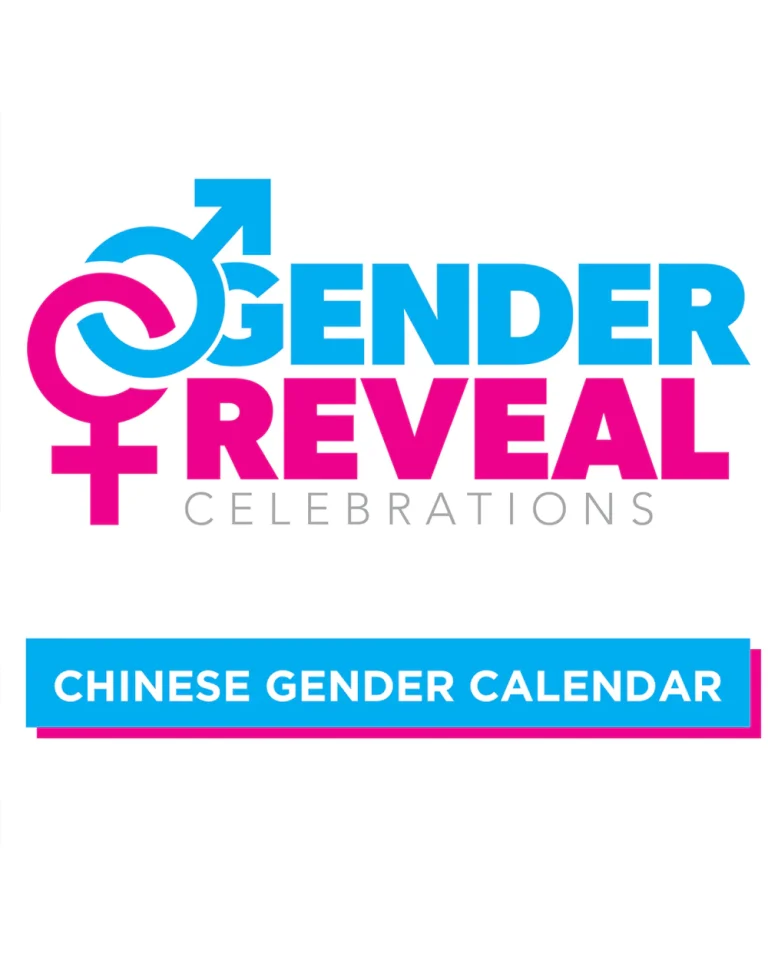Gender prediction is a fun and exciting part of the nine-month journey for expecting parents. One of the most popular traditional methods for predicting gender is the Chinese gender calendar, which predicts gender based on the mother’s age and the month of conception.
This method has been widely used for years worldwide to predict the baby’s gender, but is this any more relevant in modern times where pregnancies are not always natural, or is it just a whimsical cultural artifact?
Nowadays, technology and medication advancements have made pregnancies possible for couples with fertility issues through different medical processes like IVF and insemination.
Let’s understand if the Chinese Calendar Gender predictor can predict gender for IVF or artificially inseminated pregnancies.
The Traditional Chinese Gender Calendar

The Chinese gender calendar, also known as the Chinese birth chart or Chinese pregnancy calendar, is a 700-year-old chart found in the tomb of a royal lady.
It was used for years by royal families to predict the baby’s gender and plan the baby according to the chart, but then the secret leaked from the family and became quite popular worldwide.
The mother’s lunar age when the conception happened and the lunar month of conception play an important role in predicting the gender of the baby according to the principles of this calendar.
The calendar mentions the lunar month of conception on the x-axis and the mother lunar age on the y-axis, with various intersecting grids in between.
The intersection reveals the baby will be a boy or a girl. It is quite easy to read, but various online tools make it even more convenient.
Advanced Reproductive Technologies
Assisted reproductive technologies involve complicated medical procedures, which is in contrast to the traditional act of conception, but the purpose stays the same.
These technologies are nothing short of a miracle for couples facing problems in conceiving a baby and trying to start a family.
Let’s understand what IVF and artificial insemination is and how it works.
1. In Vitro Fertilization (IVF)
IVF is an infertility treatment that involves complex processes which can lead to pregnancy. Mature eggs are collected from ovaries and are fertilized by sperm in a laboratory. Then, these fertilized eggs are placed in a uterus to let the baby grow and develop there.
One cycle of IVF takes around 2 to 3 weeks; sometimes, this cycle has to be done more than once for a successful pregnancy. Sometimes, these fertilizing steps are divided into parts that take longer.
IVF is an expensive and time-consuming process. When more than one egg gets fertilized in a lab, they are called embryos.
Usually, all of them are placed in the uterus at once, and for the same reason, the IVF process often results in a pregnancy with more than one baby.
2. Artificially Inseminated Pregnancy
It is a fertility treatment that gives sperm a better chance of fertilizing an egg. During Intercourse, only a few hundred cells reach the egg, but during this process, doctors directly place millions of healthy sperm into the uterus near the egg.
The process is not that elongated and is done in two parts. First, the doctor collects sperm and wash it to remove unhealthy sperm and debris from it.
After that, these sperms are placed directly into the womb by using a thin tube called a catheter. This method gives a head start to the process of conception as the sperm bypasses the cervix and vagina and reaches near the egg to fertilize it.
Gender Selection in Assisted Pregnancies
Gender selection has become a topic of interest for couples who opt for assisted pregnancy methods.
While the Chinese gender calendar offers a light-hearted approach to gender selection, advanced reproductive technologies provide a more reliable and precise method of determining the gender of an unborn baby.
For example, preimplantation genetic testing is done to screen embryos of specific traits, including gender, which allows parents to choose the gender before implantation.
This method emphasizes the gap between the ancient traditional methodology of the Chinese gender calendar and the contemporary possibilities of reproductive medicine.
Limitations of the Chinese Gender Calendar
The prediction accuracy of the Chinese gender calendar relies solely on the mother’s lunar age and the lunar month of conception, overlooking the complexities of advanced reproductive technologies.
The simplicity of the Chinese gender prediction chart falls short of encompassing the genetic factors involved in assisted pregnancies.
So, we cannot rely on the traditional calendar for predicting the right gender; professional consultancy is recommended in such cases.
Conclusion
The Chinese calendar is a cultural whiff rather than a reliable predictor for assisted pregnancies. The calendar is all fun and games and may hold sentimental value for many, but its limitations are quite apparent in the context of IVF and artificial insemination.
People with fertility issues only opt for assisted pregnancies, and these processes can be very stressful, expensive, and elongated for many; relying on a traditional tool can make the situation more complex.
Parents usually use the Chinese calendar to add fun to the guessing game but never as a reliable tool. There is no evidence or scientific studies to prove the accuracy of the Chinese gender chart.
So, it is better to consult a healthcare professional for accurate and personalized guidance in family planning.











